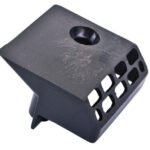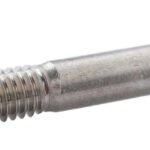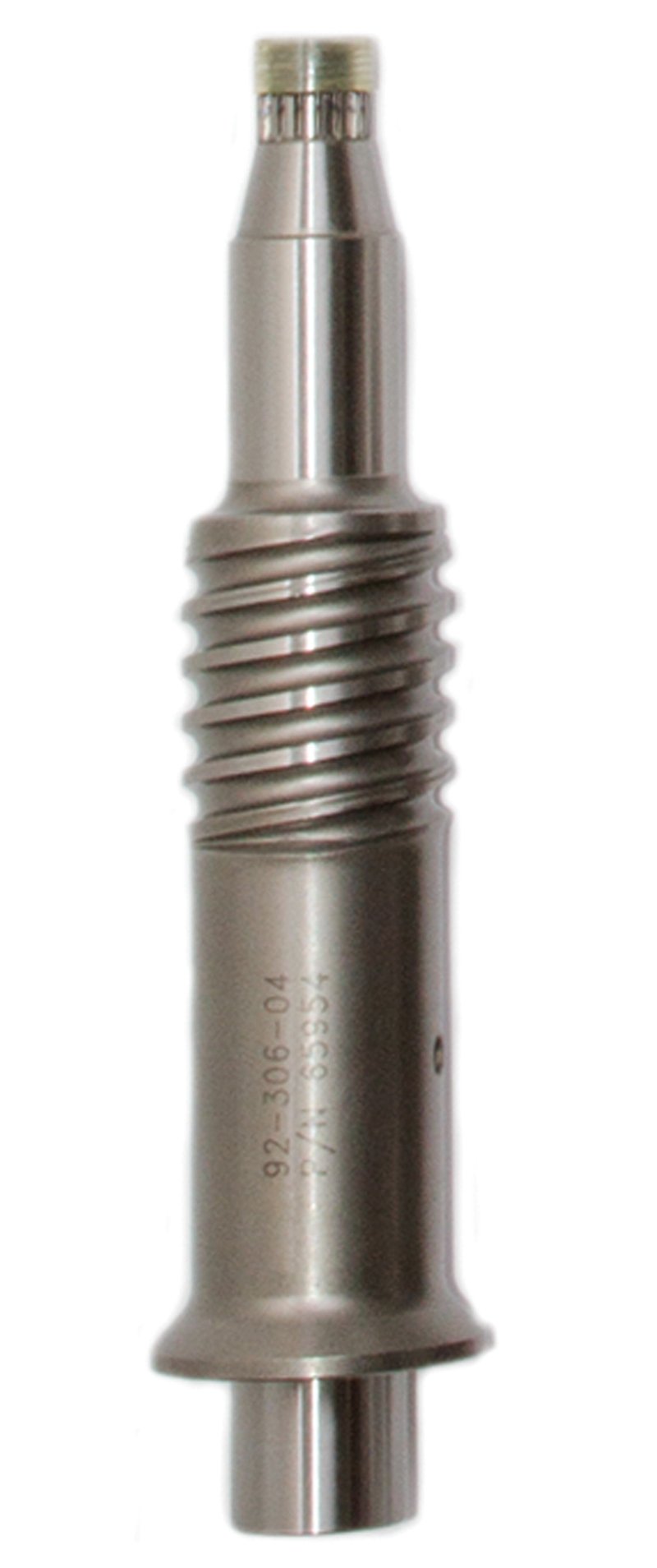
WATER INTAKE SCREEN
March 8, 2024
SCREW, ANODE IN HOUSING
March 8, 2024
Description
- Corrosion Protection: The gearcase anode serves as a sacrificial metal component, typically composed of zinc, aluminum, or magnesium alloys, designed to corrode preferentially over the metal surfaces of the gearcase. By sacrificing itself, the anode effectively prevents corrosion on the gearcase and other metal parts.
- Material Composition: Gearcase anodes are commonly made from highly active metals such as zinc due to their excellent sacrificial properties. These metals have a more negative electrochemical potential than the materials they protect, ensuring they corrode first and provide protection to the gearcase.
- Installation: The gearcase anode is securely attached to the exterior surface of the gearcase using mounting bolts or screws. It is strategically positioned in areas prone to corrosion, such as the lower unit or skeg, to provide comprehensive protection to the gearcase.
- Electrolytic Action: When submerged in water, the gearcase anode undergoes a process known as galvanic corrosion, releasing electrons to the surrounding metal surfaces of the gearcase. This sacrificial action forms a protective layer on the gearcase, preventing corrosion and extending its service life.
- Inspection and Replacement: Regular inspection of the gearcase anode is essential to monitor its condition and effectiveness. Anodes should be replaced when they have significantly corroded or depleted, typically when approximately 50% of their original mass is consumed.
- Compatibility: Gearcase anodes are designed to be compatible with specific gearcases and propulsion systems, ensuring proper fitment and effectiveness. It’s essential to select anodes that are specifically engineered for the make and model of the marine propulsion system.




